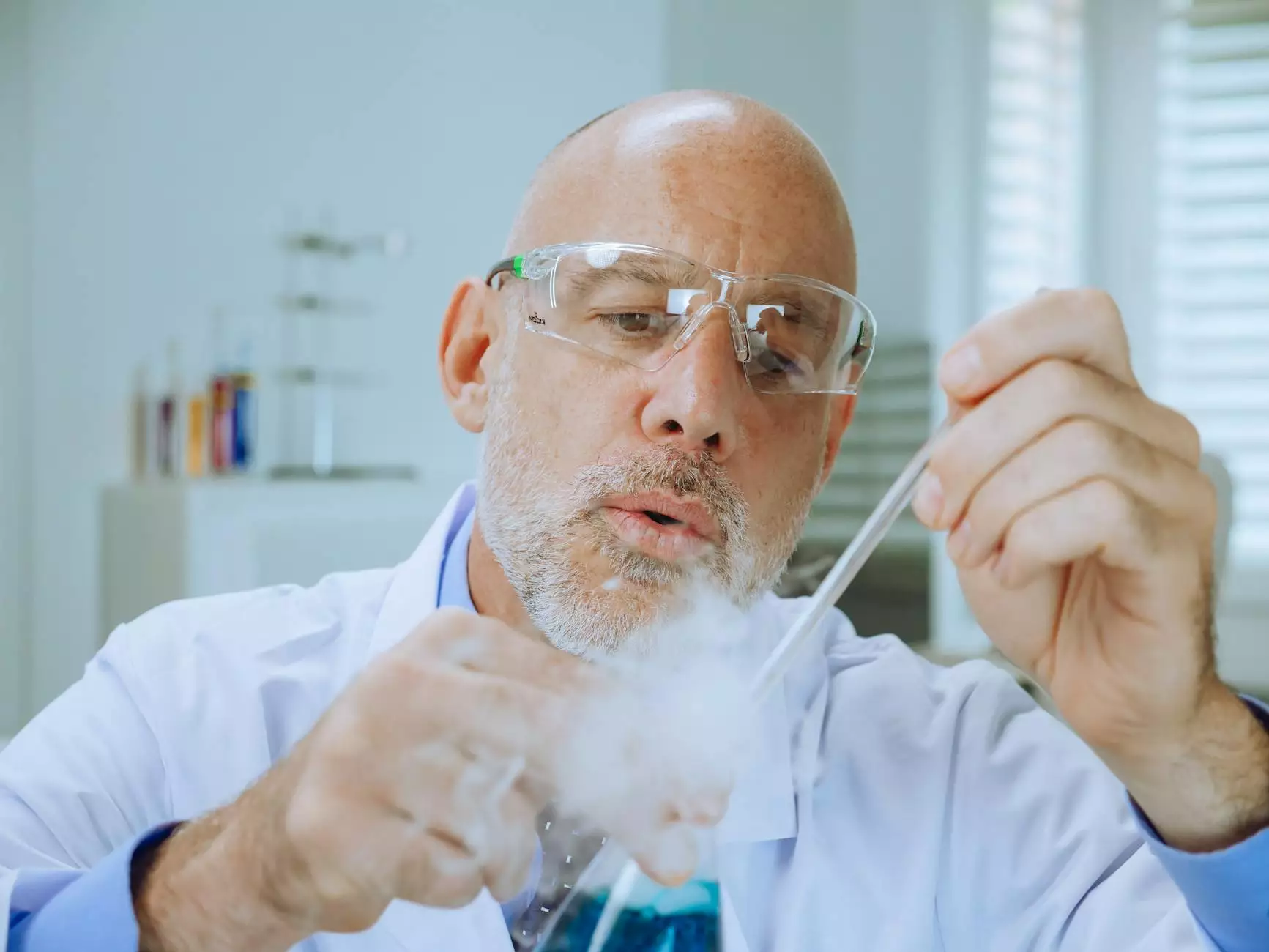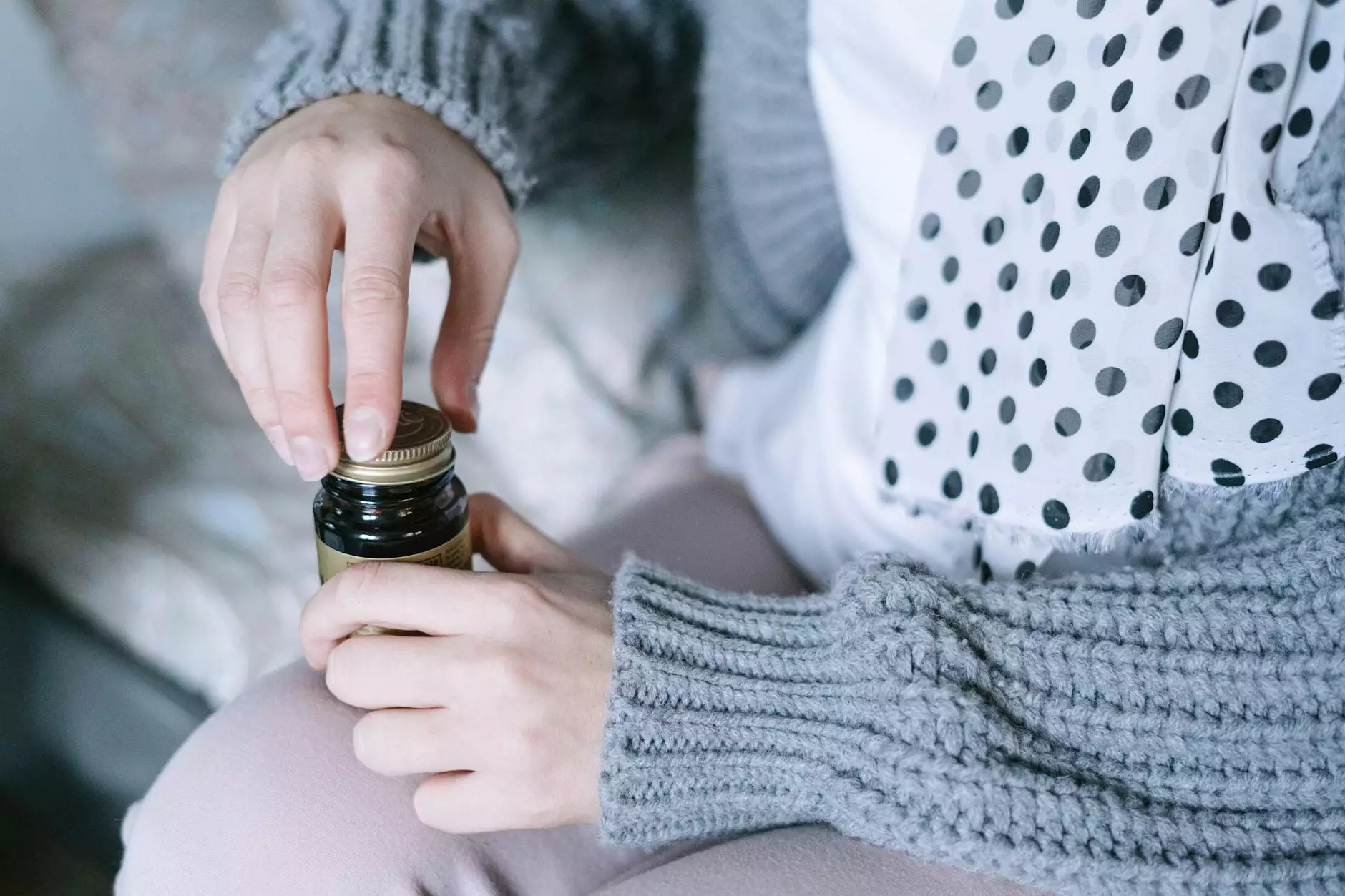How to Test Hot Tub Water: Essential Steps for Optimal Water Quality

Owning a hot tub can provide countless hours of relaxation and enjoyment, but maintaining its water quality is equally important. If you want to ensure that your hot tub is a safe and inviting oasis, knowing how to test hot tub water is essential. This comprehensive guide outlines everything you need to know about testing and balancing your hot tub water.
Why Testing Your Hot Tub Water is Crucial
Hot tub water that is not properly balanced can lead to a variety of issues, such as:
- Skin Irritation: Unbalanced pH levels can irritate your skin.
- Corrosion: High levels of acidity can corrode hot tub components.
- Bacterial Growth: Inadequate sanitation allows harmful bacteria to thrive.
- Cloudy Water: Incorrect chemical levels can cause unsightly, cloudy water.
Regular testing of hot tub water not only protects your investment but also ensures a safe and healthy environment for you and your guests.
Understanding the Essentials of Hot Tub Water Chemistry
Before diving into how to test hot tub water, it's important to understand the key factors that affect water chemistry:
1. pH Level
The pH level indicates how acidic or alkaline your water is, measured on a scale from 0 to 14. A neutral pH is 7, and ideally, hot tub water should have a pH between 7.2 and 7.8. If the pH is too low, it can cause corrosion, while a high pH can reduce the effectiveness of chlorine.
2. Alkalinity
Alkalinity acts as a buffer for pH levels, helping to stabilize them. The ideal range for total alkalinity in hot tubs is between 80 and 120 parts per million (ppm). If your alkalinity is too low, it can lead to rapid fluctuations in pH levels.
3. Chlorine and Bromine Levels
These are the primary sanitizers used in hot tubs. Chlorine levels should be maintained between 1-3 ppm, and bromine levels should be between 3-5 ppm. Proper sanitizer levels prevent bacteria and algae growth, keeping your hot tub safe for use.
4. Calcium Hardness
Calcium hardness measures the amount of dissolved calcium in your water. Ideal levels for hot tubs are between 150-250 ppm. Low calcium levels can cause foaming, while high levels can lead to scale formation.
Essential Tools for Testing Hot Tub Water
To effectively assess your hot tub water, you'll need a few essential tools:
- Test Strips: These are easy to use and provide quick results for pH, alkalinity, and sanitizer levels.
- Liquid Test Kits: More accurate than strips, these kits involve mixing water samples with reagents to determine levels.
- Digital Testers: These are high-tech options that provide instant readings for various chemical levels.
Step-by-Step Guide to Testing Hot Tub Water
Now that you have the right tools, it’s time to learn how to test hot tub water. Follow these simple steps:
Step 1: Gather Your Supplies
Before starting, ensure you have:
- Test strips or liquid test kits
- Deionized water (for liquid kits)
- A clean container for collecting water samples
- Pencils and paper (or a digital device) to record results
Step 2: Collect Water Samples
Using your clean container, take a water sample from at least 12 inches below the surface and away from jets. This ensures that the sample is not affected by chemicals or heating directly.
Step 3: Test for pH and Alkalinity
If you’re using test strips, simply dip the strip into the water sample, wait for the recommended time, and compare the results to the provided color chart. For liquid kits, follow the instructions to add reagents and verify color changes to determine pH and alkalinity levels.
Step 4: Check Chlorine/Bromine Levels
Using the same methods as above, check the levels of your chosen sanitizer. Remember that both chlorine and bromine require different testing methods, so refer to your kit's instructions.
Step 5: Measure Calcium Hardness
Liquid test kits typically include a step for measuring calcium hardness. Follow the instructions carefully to get an accurate reading.
Step 6: Record the Results
Keeping a log of your water tests will help you track changes over time and identify trends that may require your attention.
Adjusting Your Hot Tub Water Chemistry
After testing your water, you may find that adjustments are necessary. Here's how to correct common chemical imbalances:
1. Adjusting pH Levels
- To raise pH: Use a pH increaser, typically sodium carbonate.
- To lower pH: A pH decreaser, often made from sodium bisulfate, can be used.
2. Correcting Alkalinity
- To raise alkalinity: Use an alkalinity increaser, usually sodium bicarbonate.
- To lower alkalinity: Add a pH decreaser, and retest after a few hours.
3. Balancing Sanitizer Levels
- To raise chlorine levels: Add chlorine granules or shock treatment.
- To raise bromine levels: Use bromine tablets or granules.
4. Adjusting Calcium Hardness
- To raise hardness: Add calcium chloride to the water.
- To lower hardness: Some hot tub owners choose to partially drain and refill the hot tub with softer water.
The Importance of Regular Testing
Testing your hot tub water should be a regular activity, ideally done at least once a week. This ensures that you catch any problems early and maintain optimal water quality. Regular testing allows you to:
- Prevent health issues linked to poor water quality.
- Extend the lifespan of your hot tub.
- Enhance your overall hot tub experience by ensuring clear, balanced water.
Additional Tips for Hot Tub Maintenance
Beyond testing, maintaining a hot tub requires ongoing attention to several other factors:
1. Regular Cleaning
Clean the hot tub shell and covers regularly to prevent buildup of grime and residues. Use products designed specifically for hot tubs for the best results.
2. Water Replacement
Change your hot tub water every 3-4 months, or sooner if you use it frequently. This helps maintain optimal water balance and quality.
3. Monitor Temperature
Keep an eye on the water temperature, as extreme temperatures can affect chemical balances and overall comfort. The ideal temperature range is usually between 100°F to 104°F (37°C to 40°C).
Conclusion
Learning how to test hot tub water is crucial for every hot tub owner looking to maintain a safe, clean, and enjoyable hot tub environment. By following the steps outlined in this guide and regularly testing your water, you can ensure a remarkable hot tub experience for you and your guests. Remember, quality maintenance leads to quality relaxation.
If you are looking for premium hot tubs, chemicals, and maintenance supplies, visit niagarahottubs.com for more information and products tailored for your needs.









